Ho Chi Minh City Ms. Thuy, 42 years old, was blind in her right eye, her left eye vision was only 2/10 due to a tumor pressing on the nerve; after surgery, her eyesight returned.
Ms. Le Thi Thanh Thuy has delayed brain tumor surgery for nearly three years due to having to take care of her young child and Covid-19. Since the beginning of 2023, her vision has seriously declined and recently to the point of being unable to see, so she went to Tam Anh General Hospital in Ho Chi Minh City for examination.
On November 24, Master, Doctor, II Chu Tan Si, Head of the Department of Neurosurgery, Center for Neuroscience , said that the patient could only see with his left eye at a distance of 1-1.5 m, blurred. The results of a 3 Tesla MRI scan of the brain combined with the technique of nerve fiber tractography (DTI) recorded a fairly large meningioma in the pituitary and suprasellar regions, measuring about 5 cm. The tumor grew, pressing on and enveloping the optic nerve, causing the patient to go blind in the right eye and severely reduce vision in the left eye.
According to Dr. Tan Si, nearly three years after the tumor was discovered, the patient did not receive treatment, so the tumor grew and progressed severely. After a short time, the tumor continued to compress the convergence of the two optic nerves, and the patient was at risk of blindness in both eyes.
The tumor also displaced the motor and language nerve fibers from their normal positions, invading the bilateral carotid arteries and bilateral anterior cerebral arteries. These are important structures in the human brain.
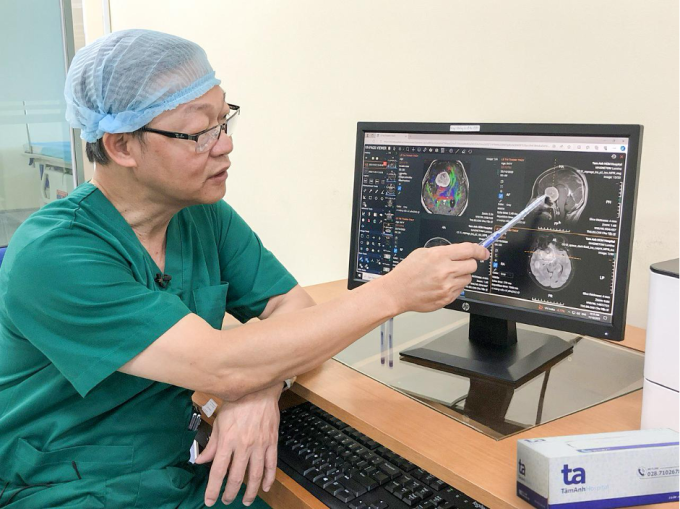
Dr. Tan Si evaluates the approach to the tumor before surgery. Photo: Provided by the hospital
The team decided to perform surgery to remove the tumor with the assistance and guidance of the Modus V Synaptive artificial intelligence brain surgery robot.
To ensure the surgery is safe and accurate, the team creates a 3D image of the brain structure on the robot's specialized software. Thanks to that, the doctor can clearly see the nerves, blood vessels in the brain and other healthy structures in and around the tumor.
The doctor performs a simulated surgery in advance, proactively choosing a path into the brain to access and safely remove the tumor, without damaging the nerve fiber bundles and surrounding healthy brain tissue, preserving the patient's function after surgery.
The actual surgery followed the surgical path established in the simulation surgery. The surgeon removed the tumor under the guidance and warning light signals of the robot when there was an abnormality. Most of the tumor was reduced and removed by Cusa ultrasound. A small part of the calcification (due to the long-standing tumor) was attached to the nerve structure, so the surgeon had to remove it manually.
After 6 hours of surgery, the tumor was completely removed, releasing both optic nerves, preserving the vascular structures in and around the tumor.
"The team did not expect to recover the right eye because the patient had been blind for quite a while. However, a miracle happened, on the day of surgery, the patient's right eye could see vaguely," said Dr. Tan Si.
After 24 hours of surgery, the patient could see clearly with both eyes. When the doctor checked the patient's vision, he found that the left eye could see very clearly, and the right eye could see and count the doctor's fingers correctly.
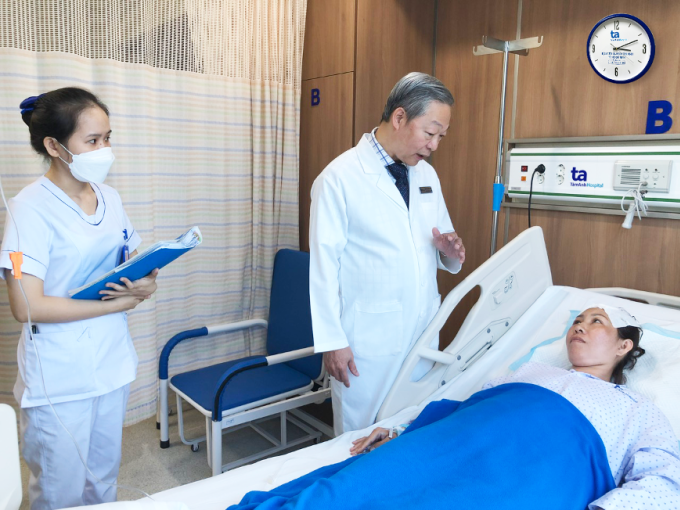
Doctor Tan Si examined Ms. Thuy after the successful surgery. Photo: Provided by the hospital
In addition to Ms. Thuy's case, Tam Anh Hospital has successfully operated on nearly 100 cases of brain tumors and hemorrhagic stroke since deploying the AI Modus V Synaptive brain surgery robot.
Dr. Tan Si and Ms. Thuy share about the surgery.
Peaceful
| Readers ask neurological questions here for doctors to answer |
Source link


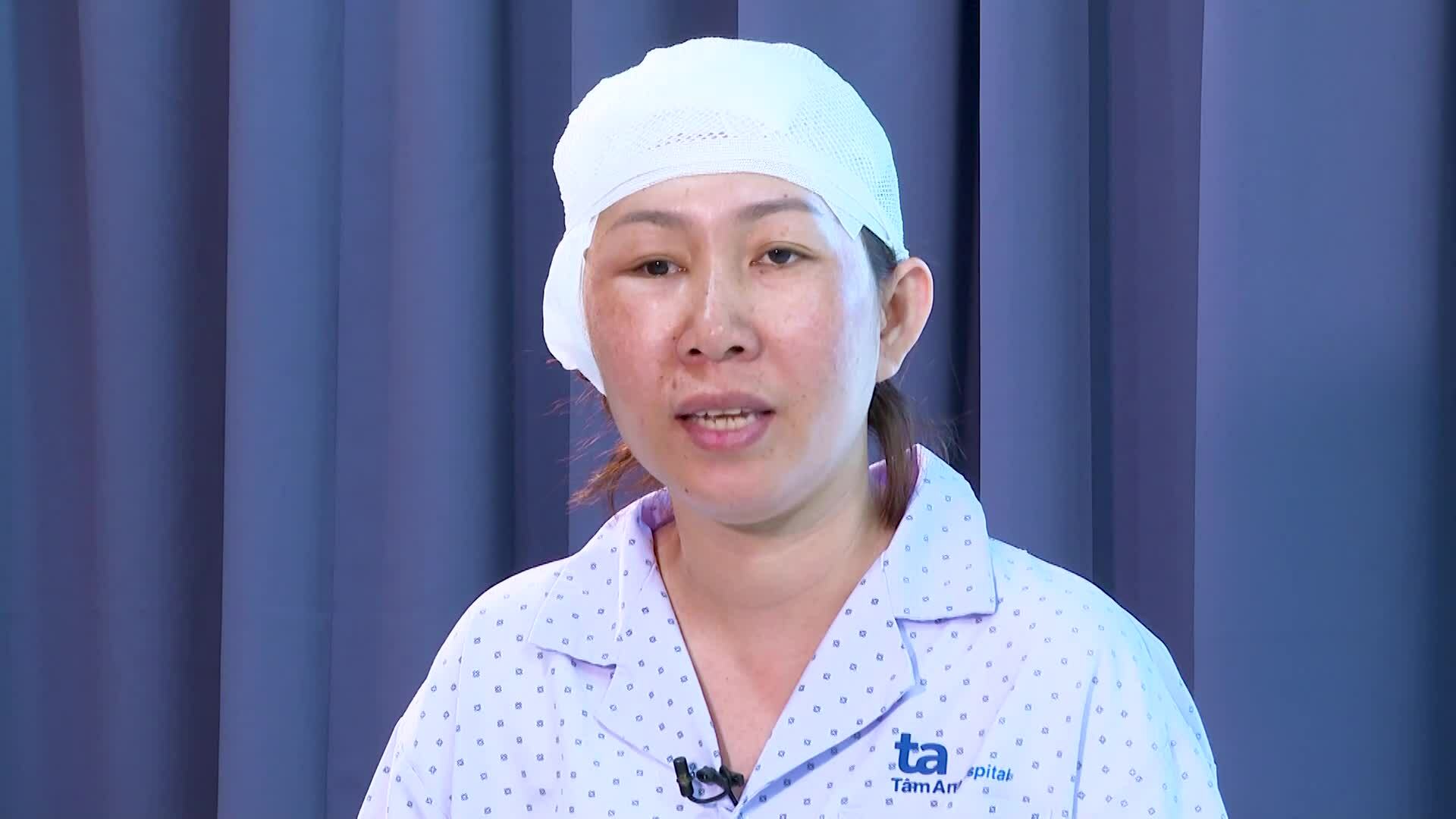
![[Photo] General Secretary To Lam visits exhibition of achievements in private economic development](https://vphoto.vietnam.vn/thumb/1200x675/vietnam/resource/IMAGE/2025/5/18/1809dc545f214a86911fe2d2d0fde2e8)


![[Photo] National conference to disseminate and implement Resolution No. 66-NQ/TW and Resolution No. 68-NQ/TW of the Politburo](https://vphoto.vietnam.vn/thumb/1200x675/vietnam/resource/IMAGE/2025/5/18/adf666b9303a4213998b395b05234b6a)













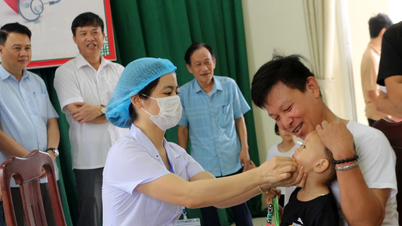
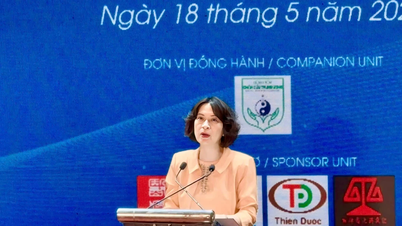


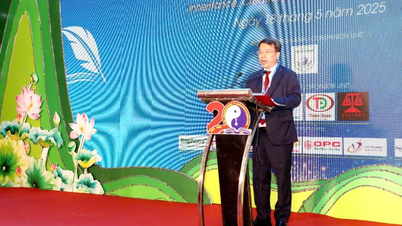













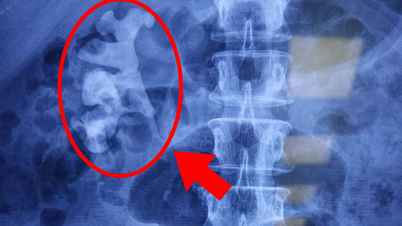














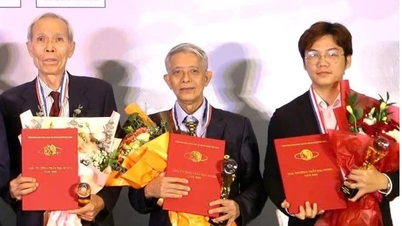













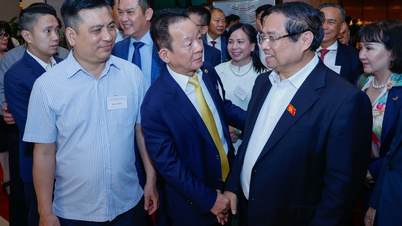








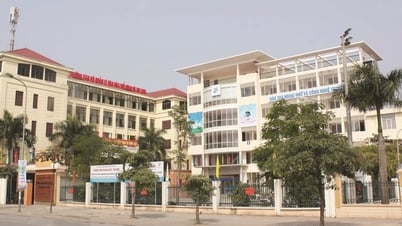

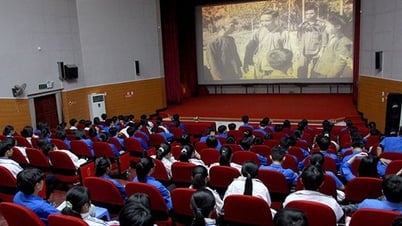
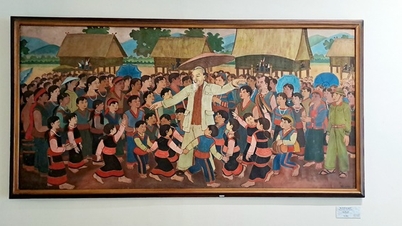





















Comment (0)